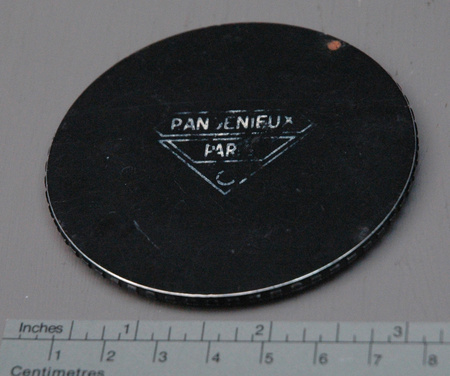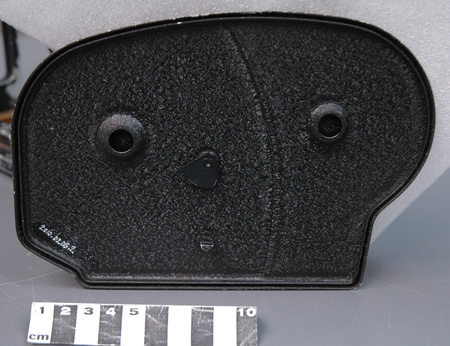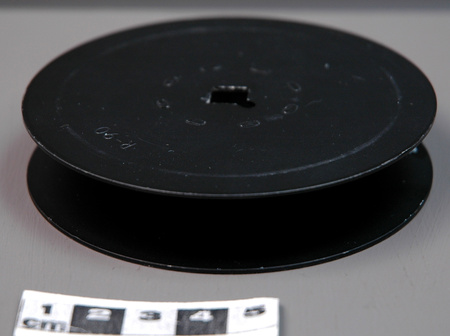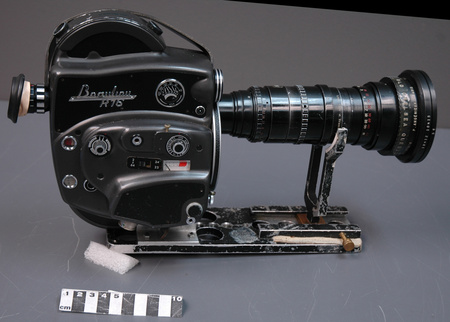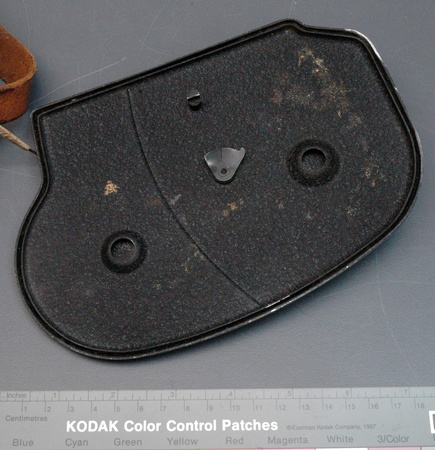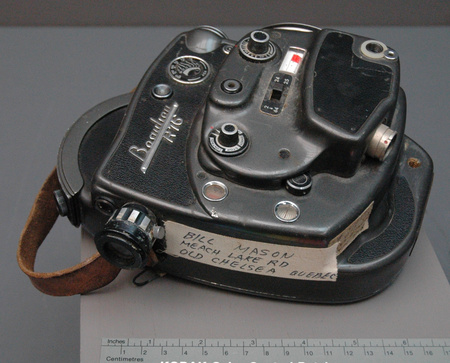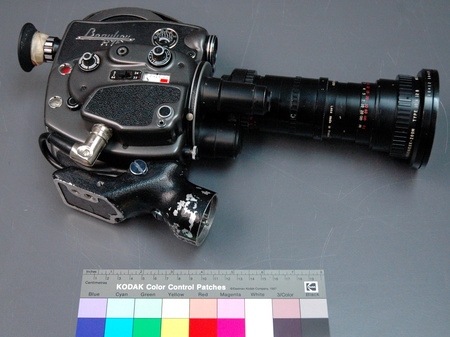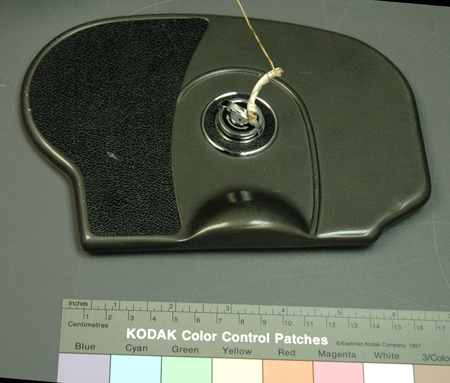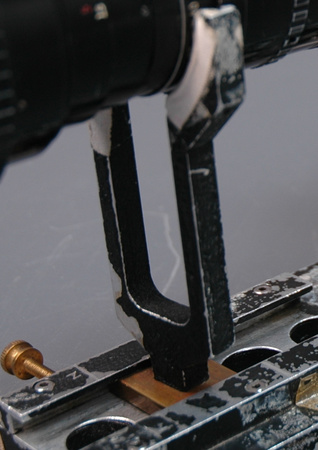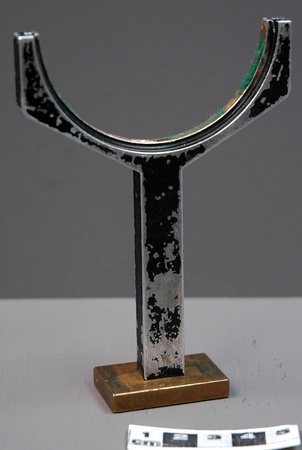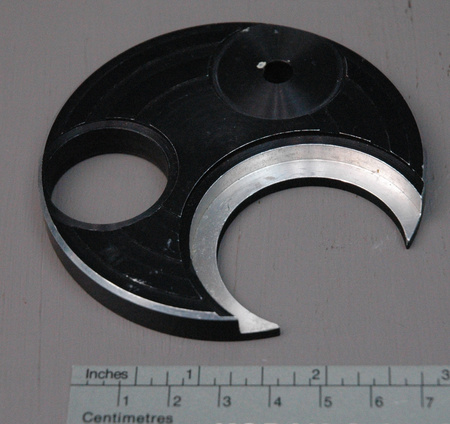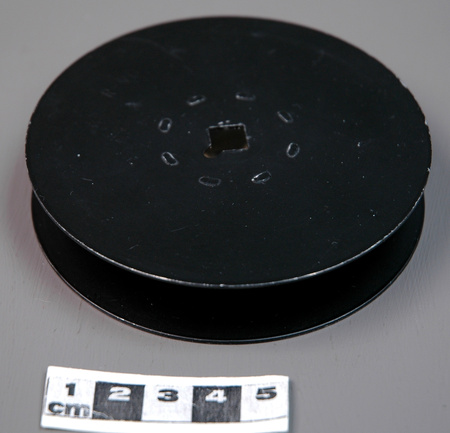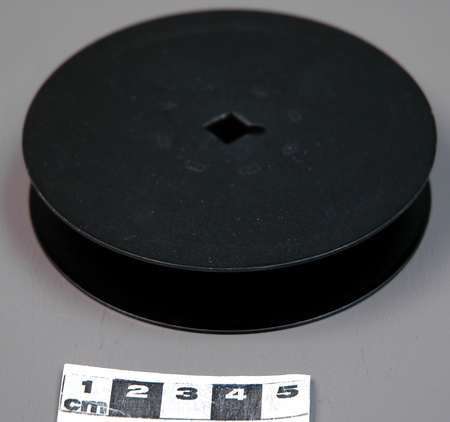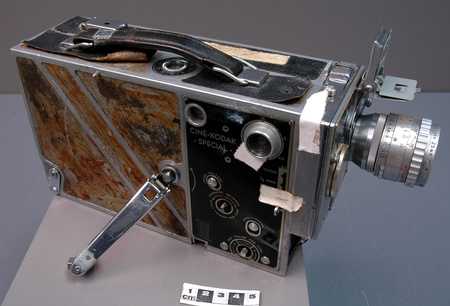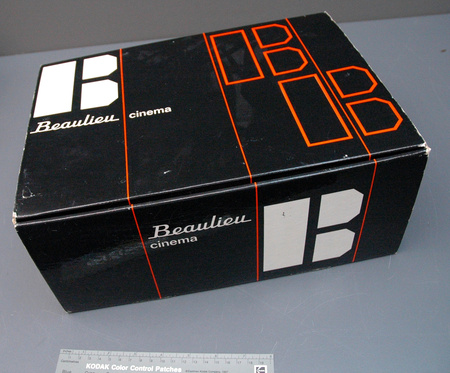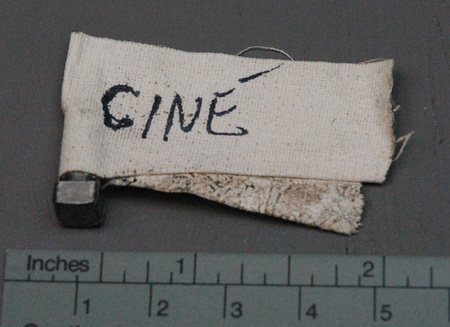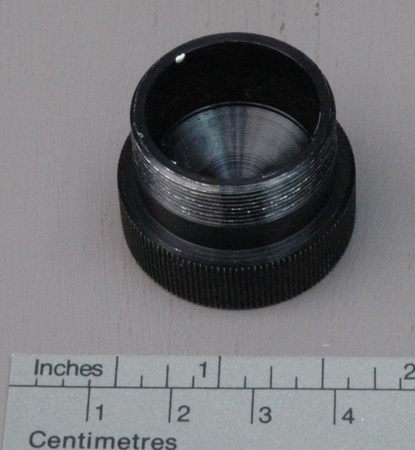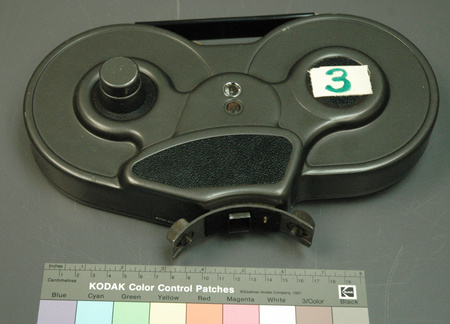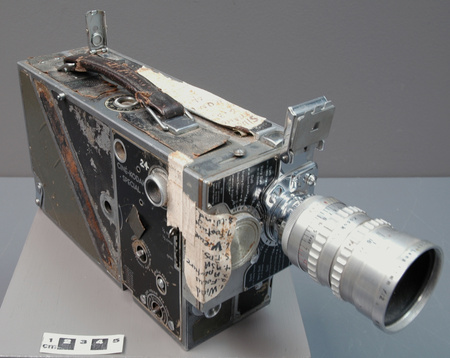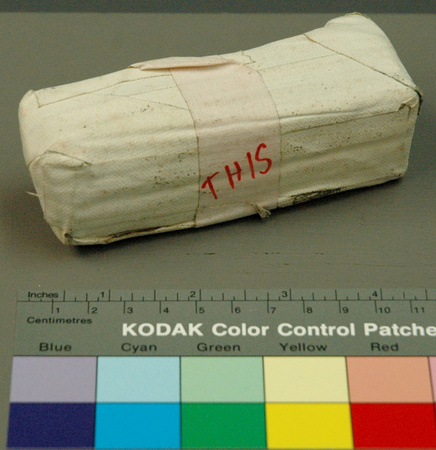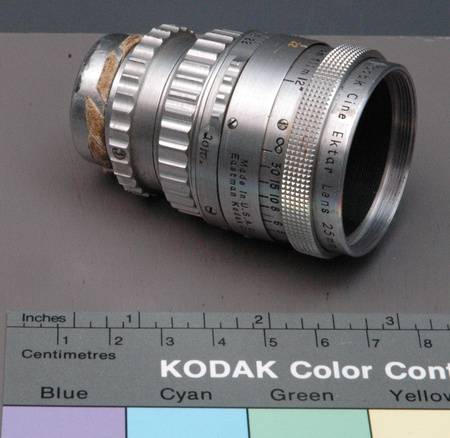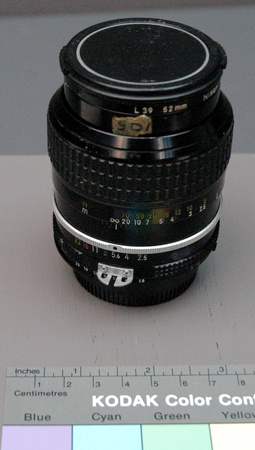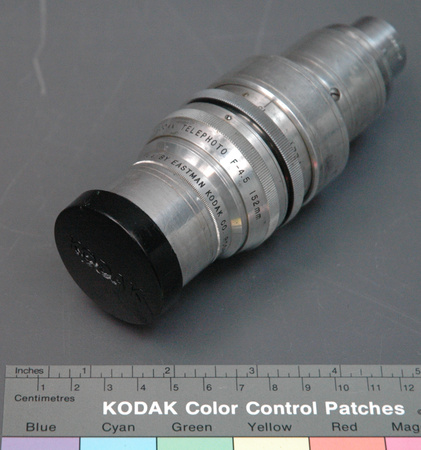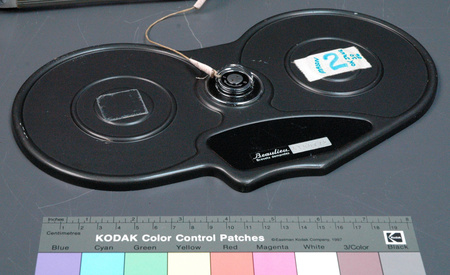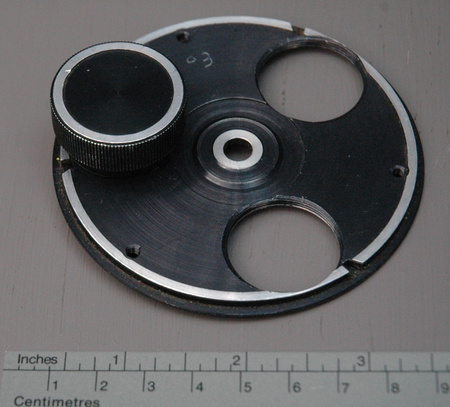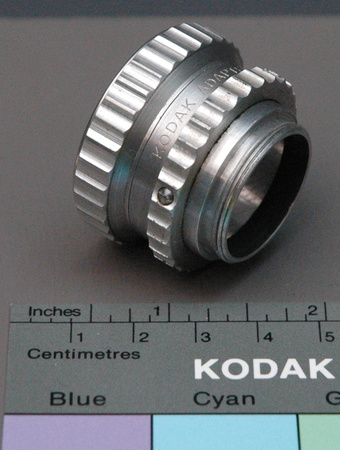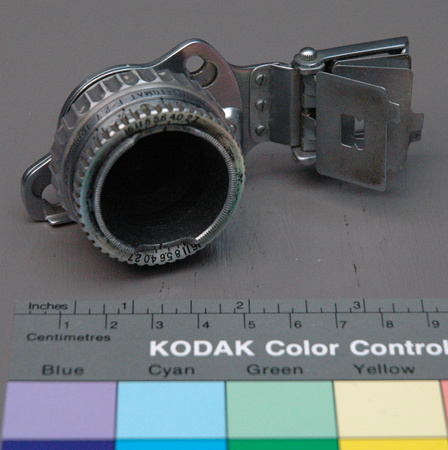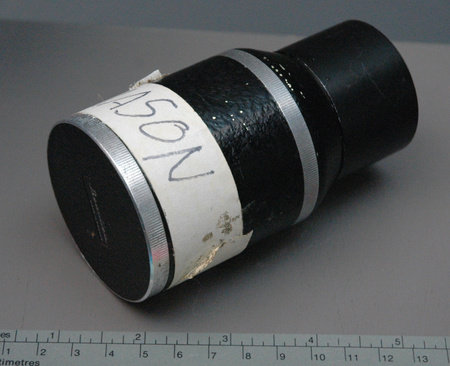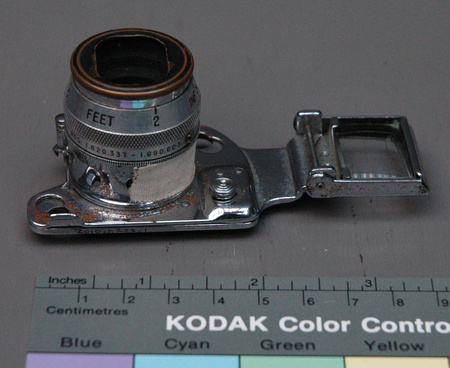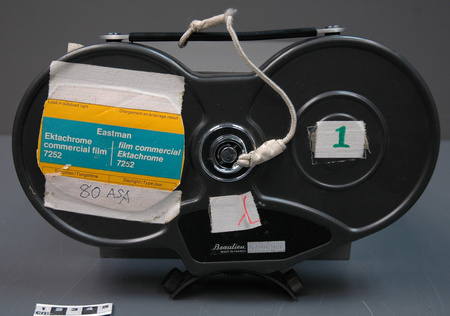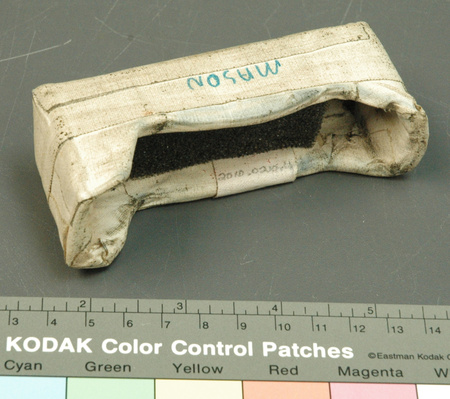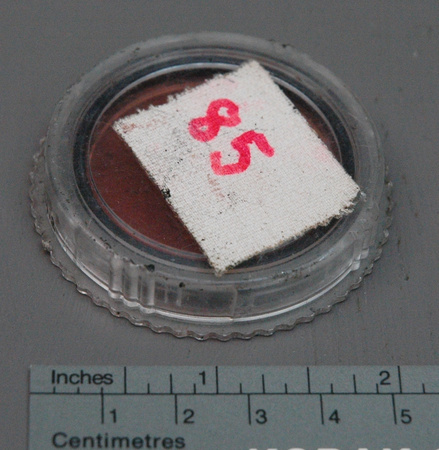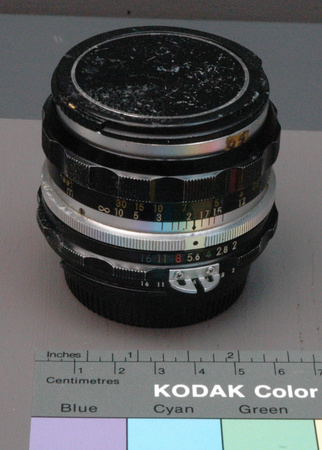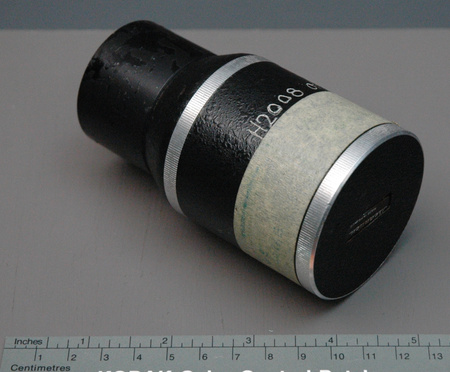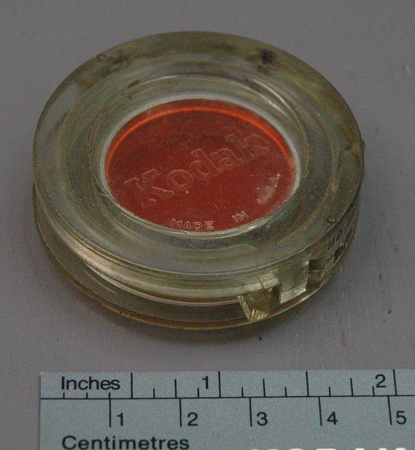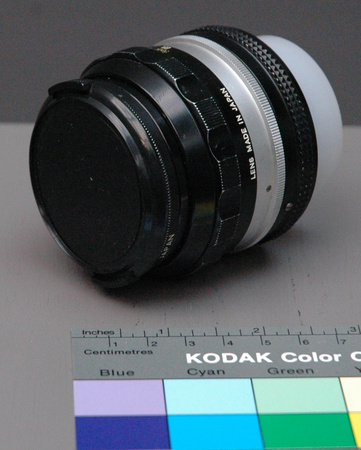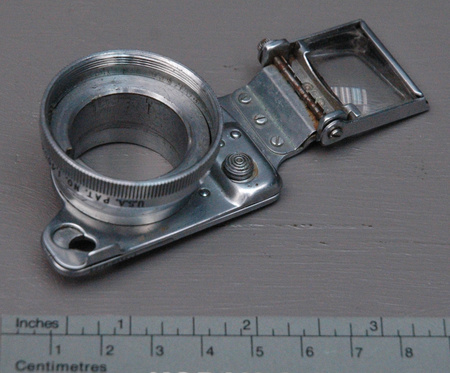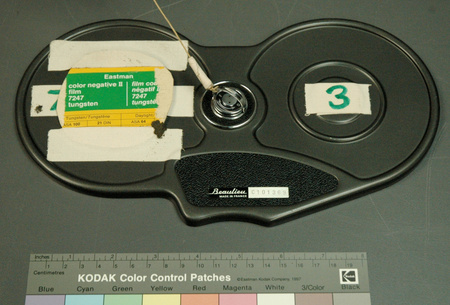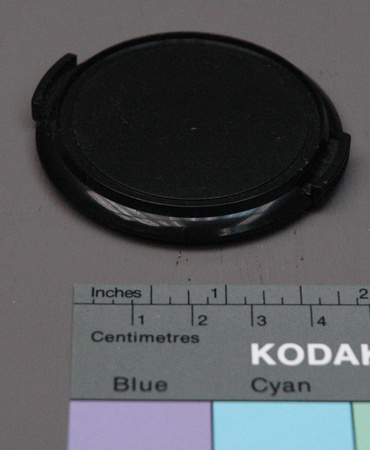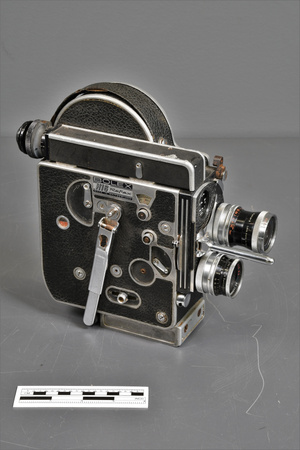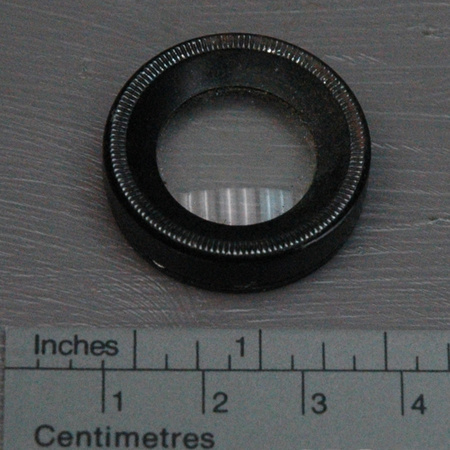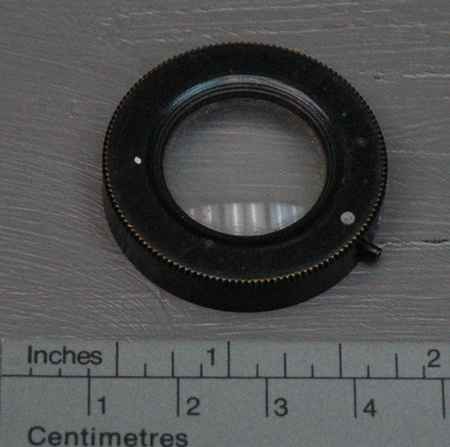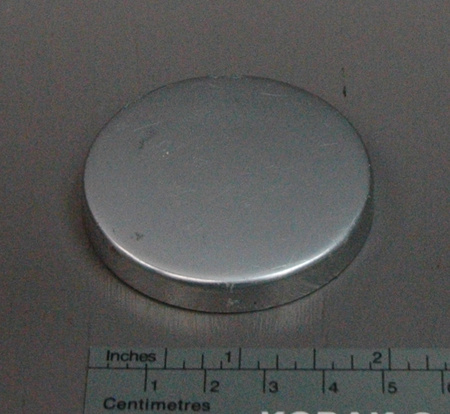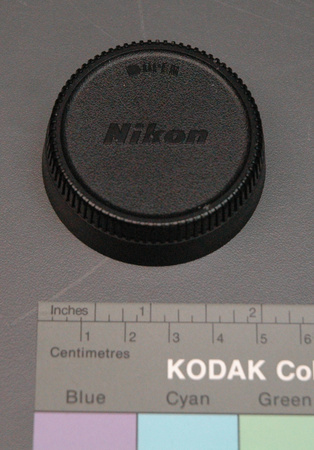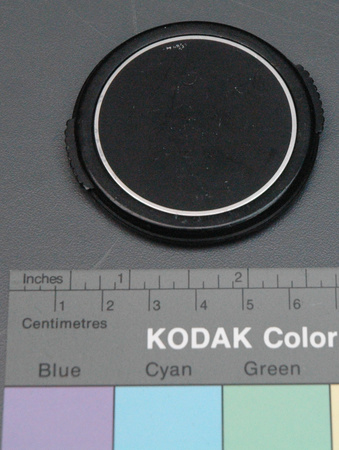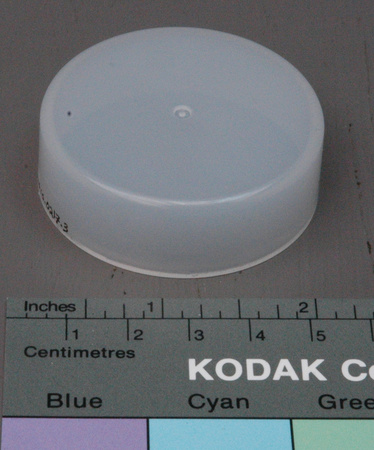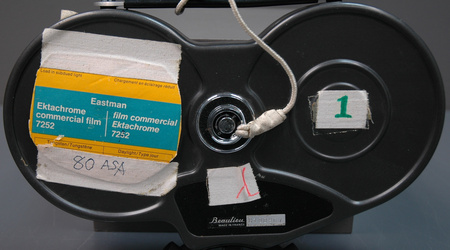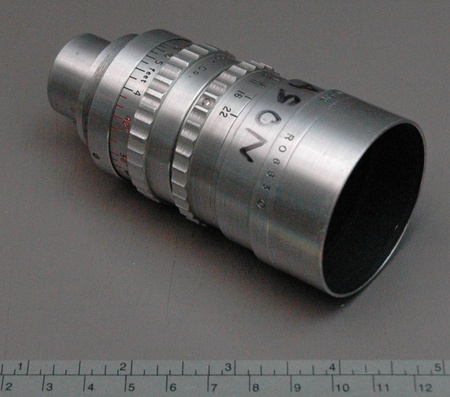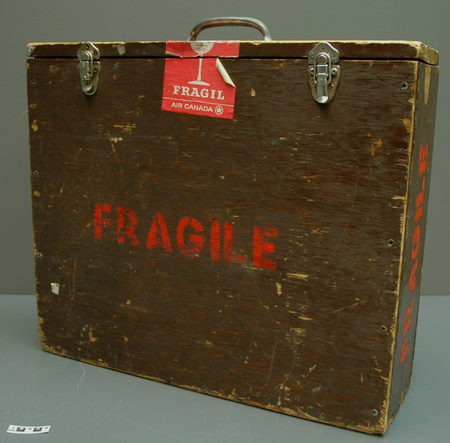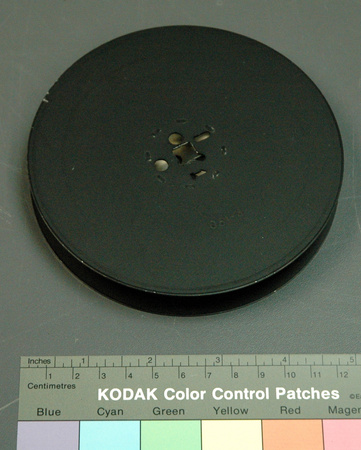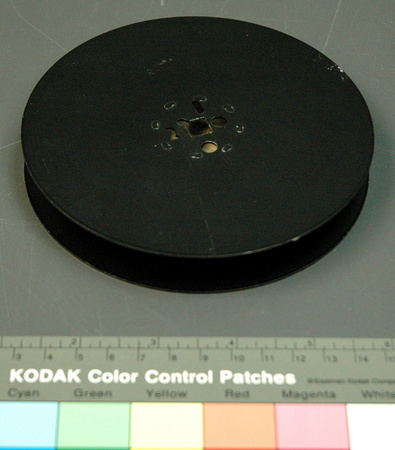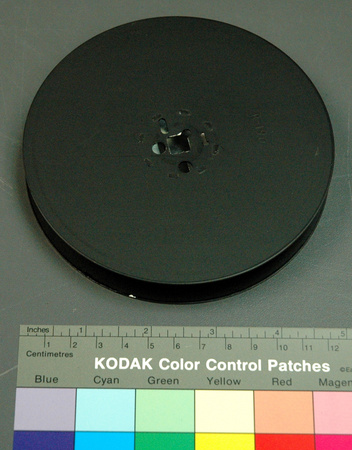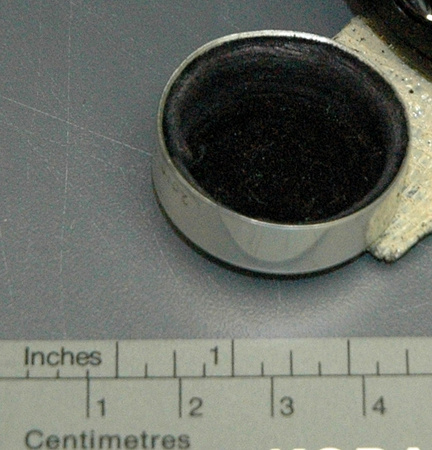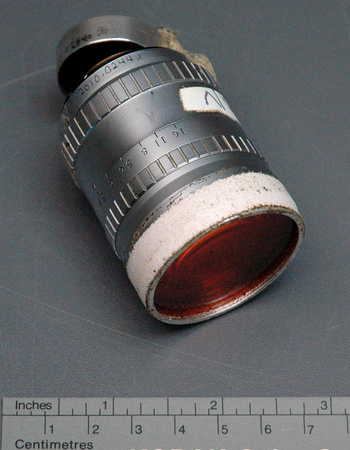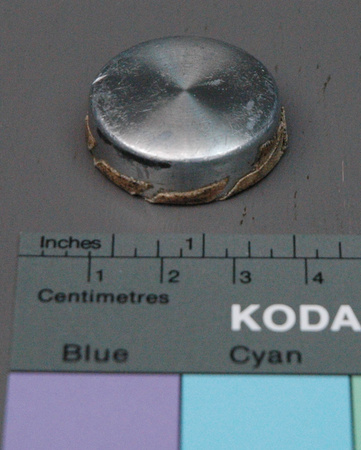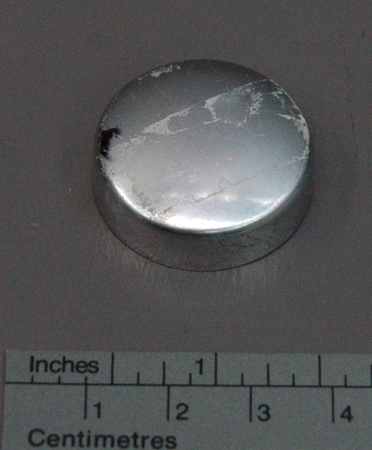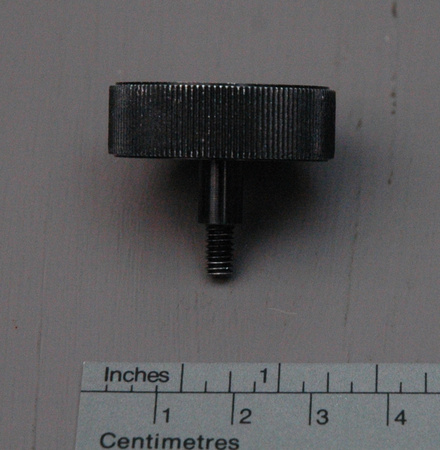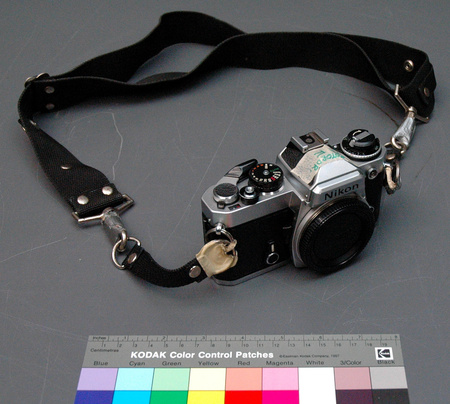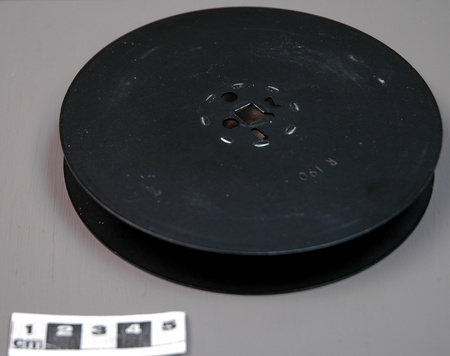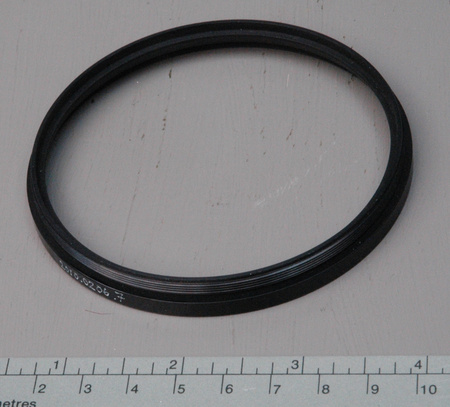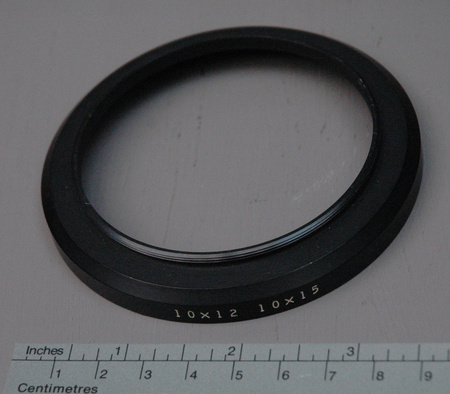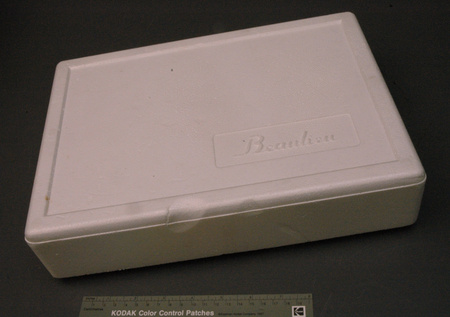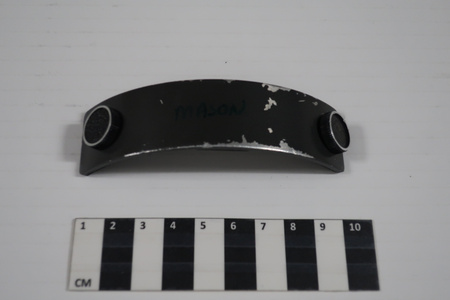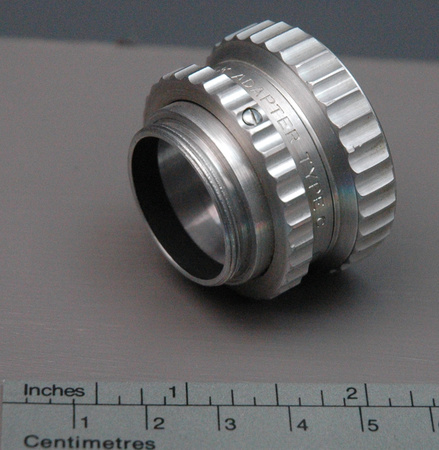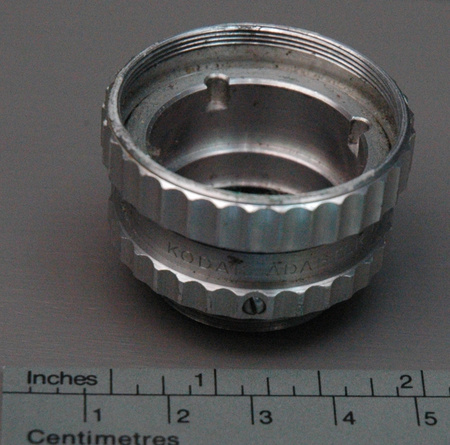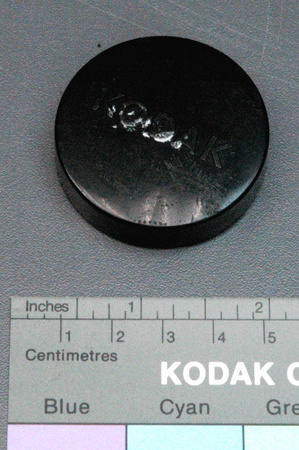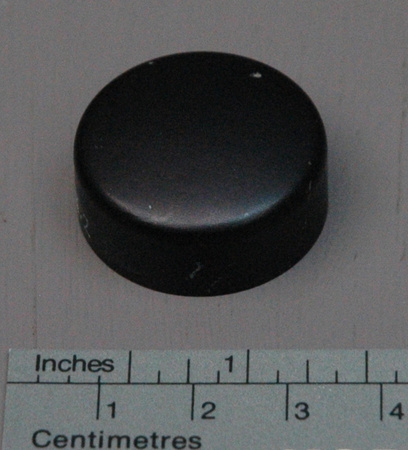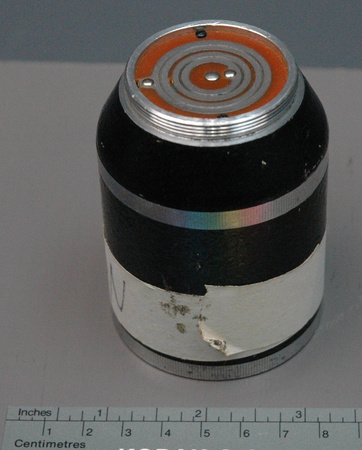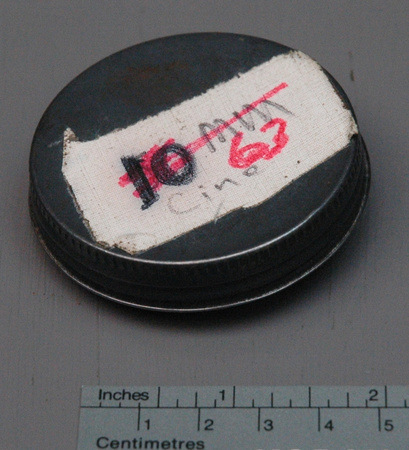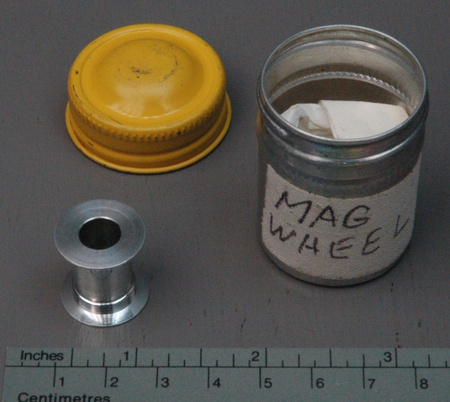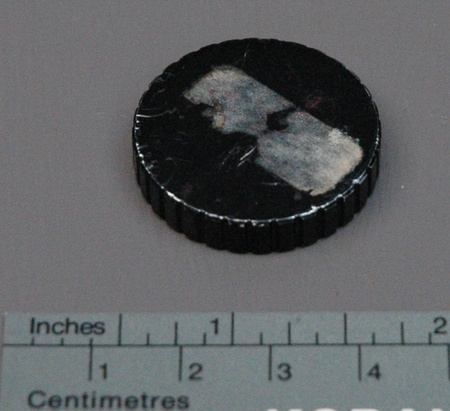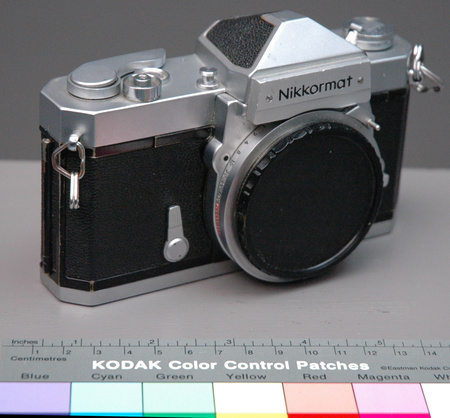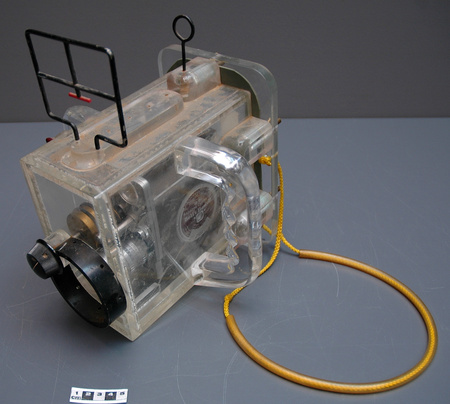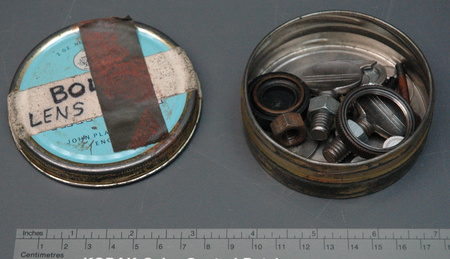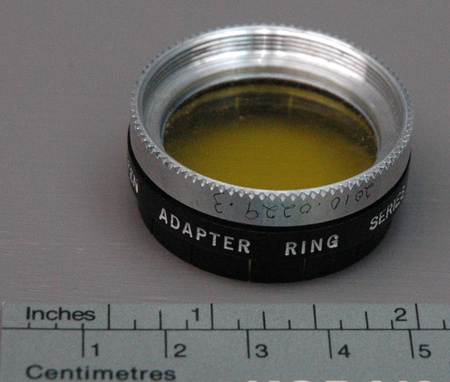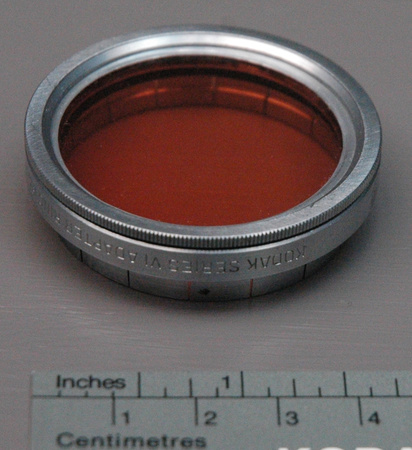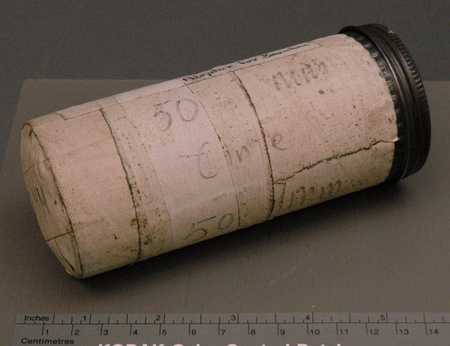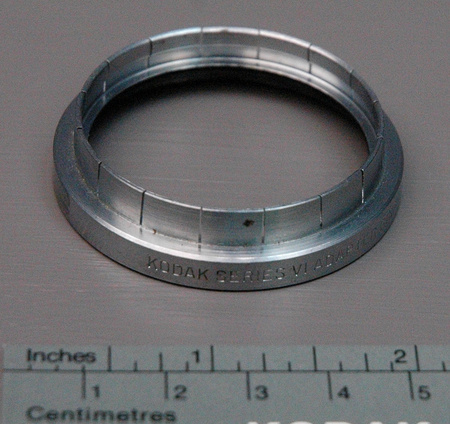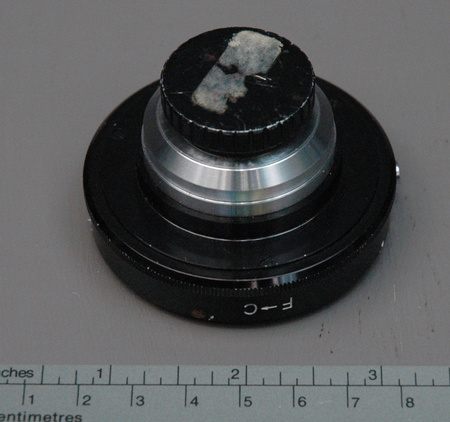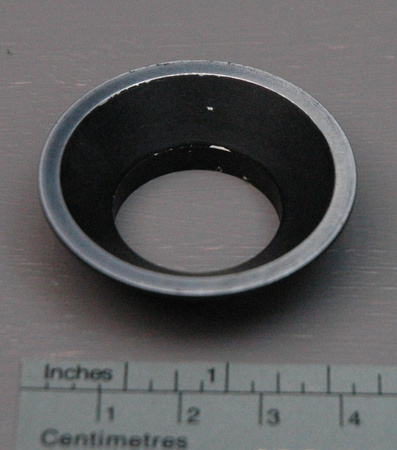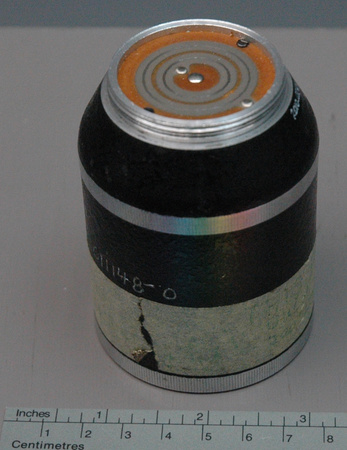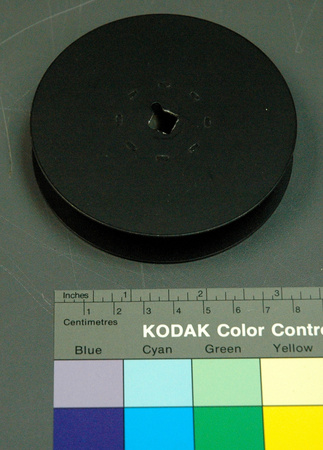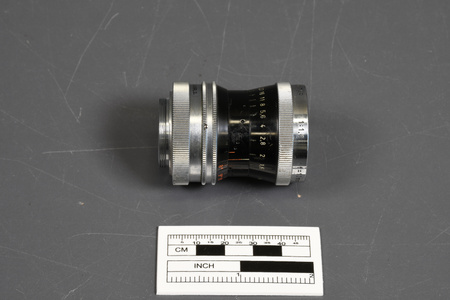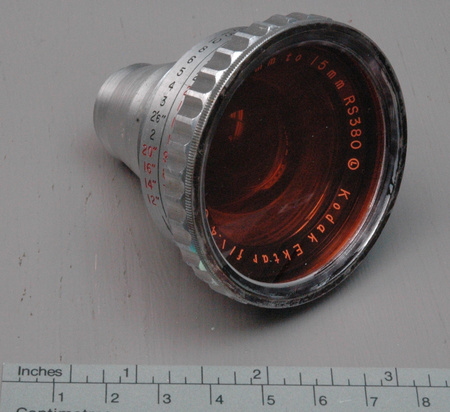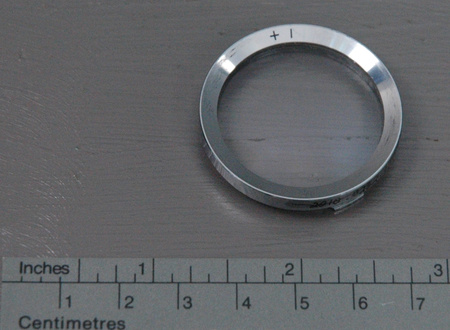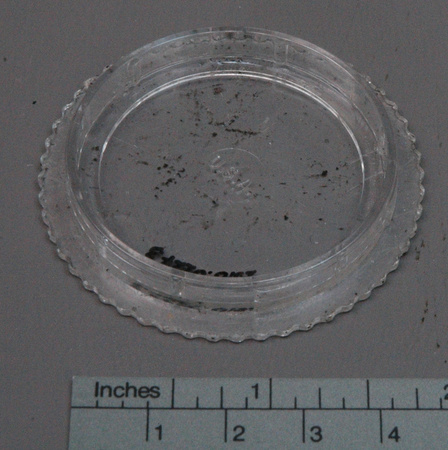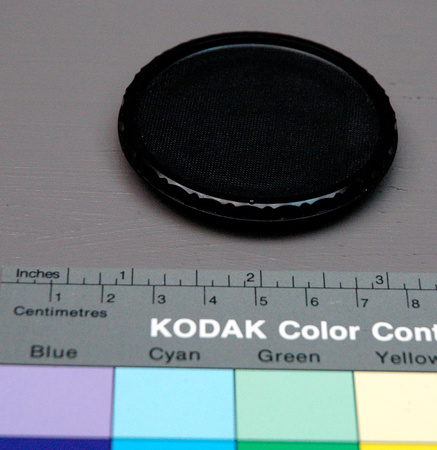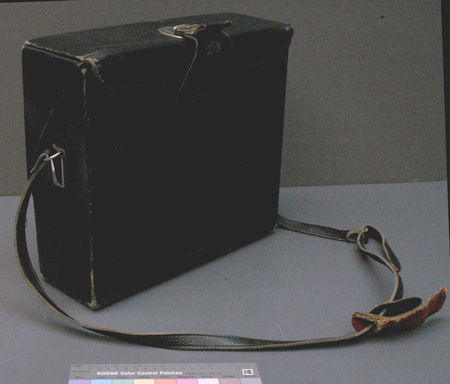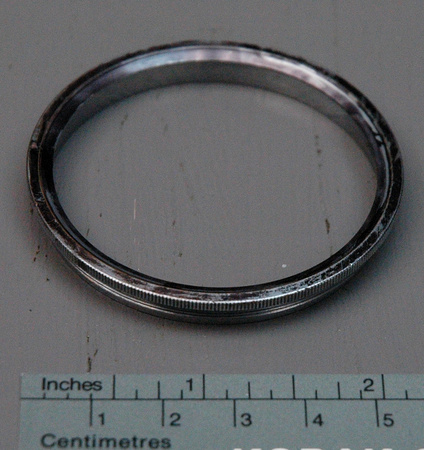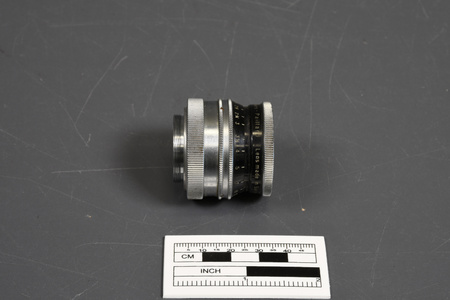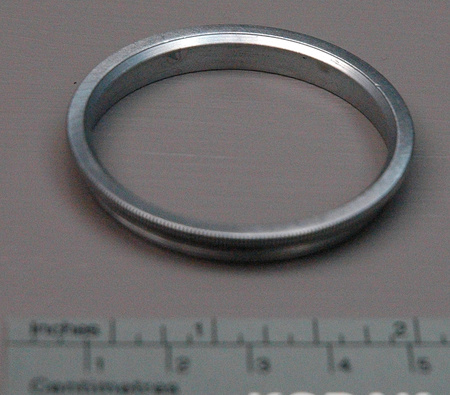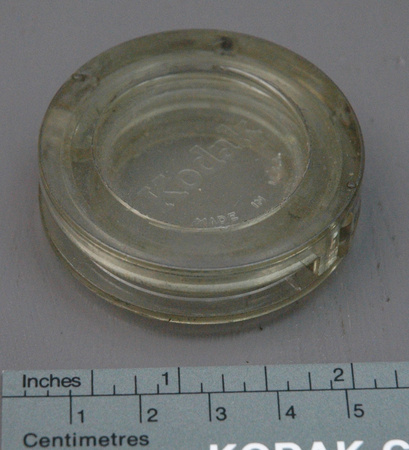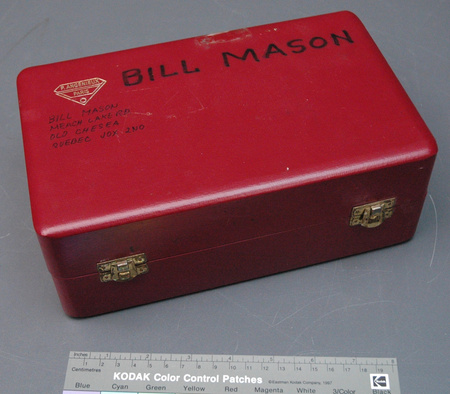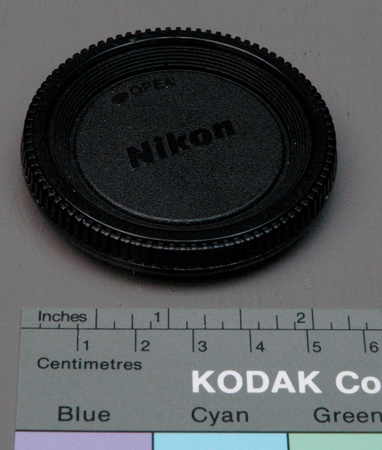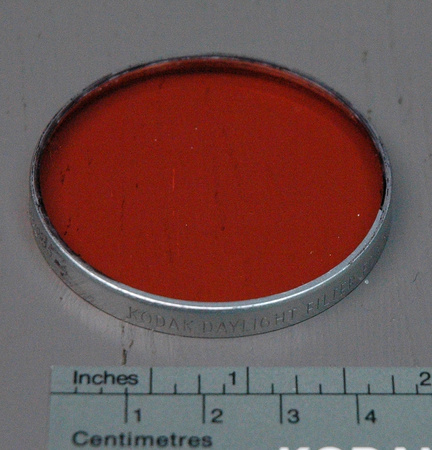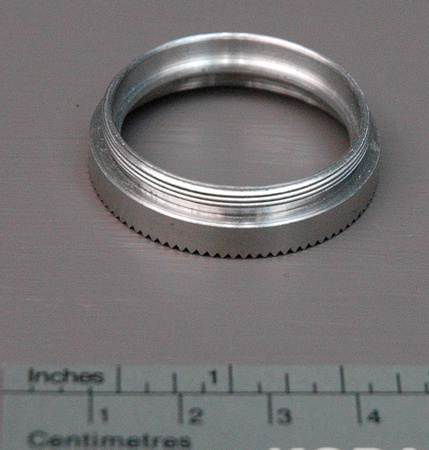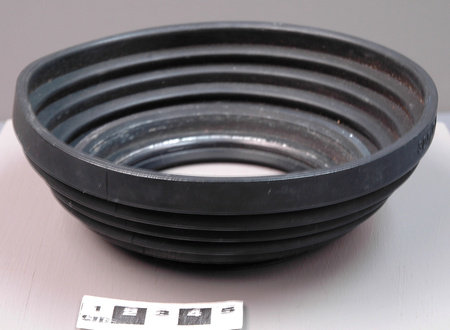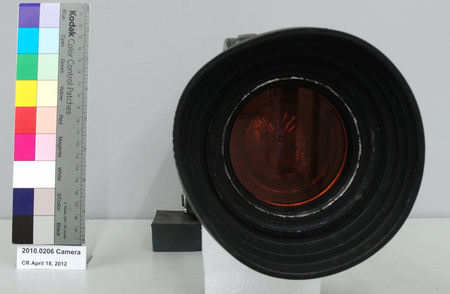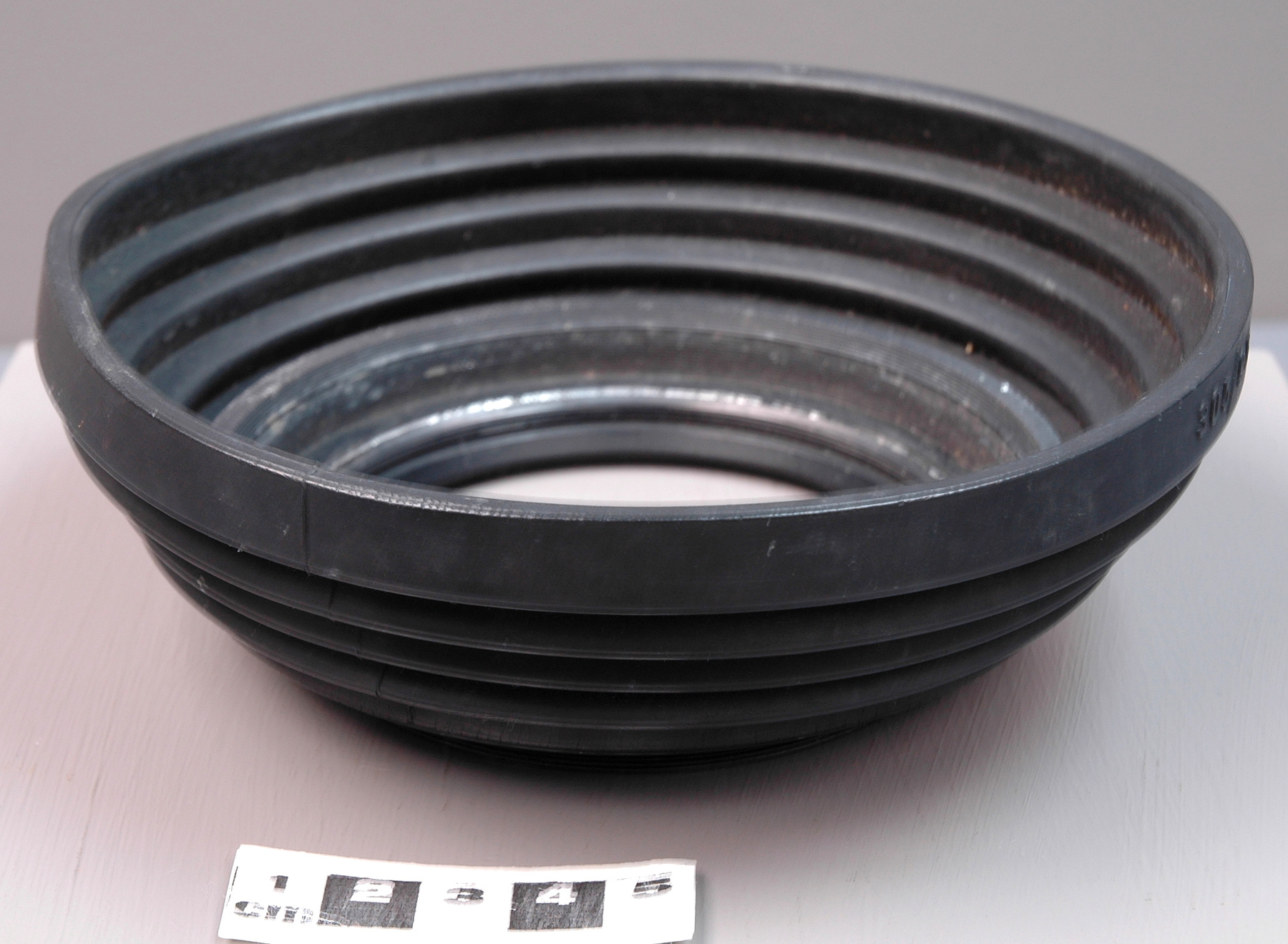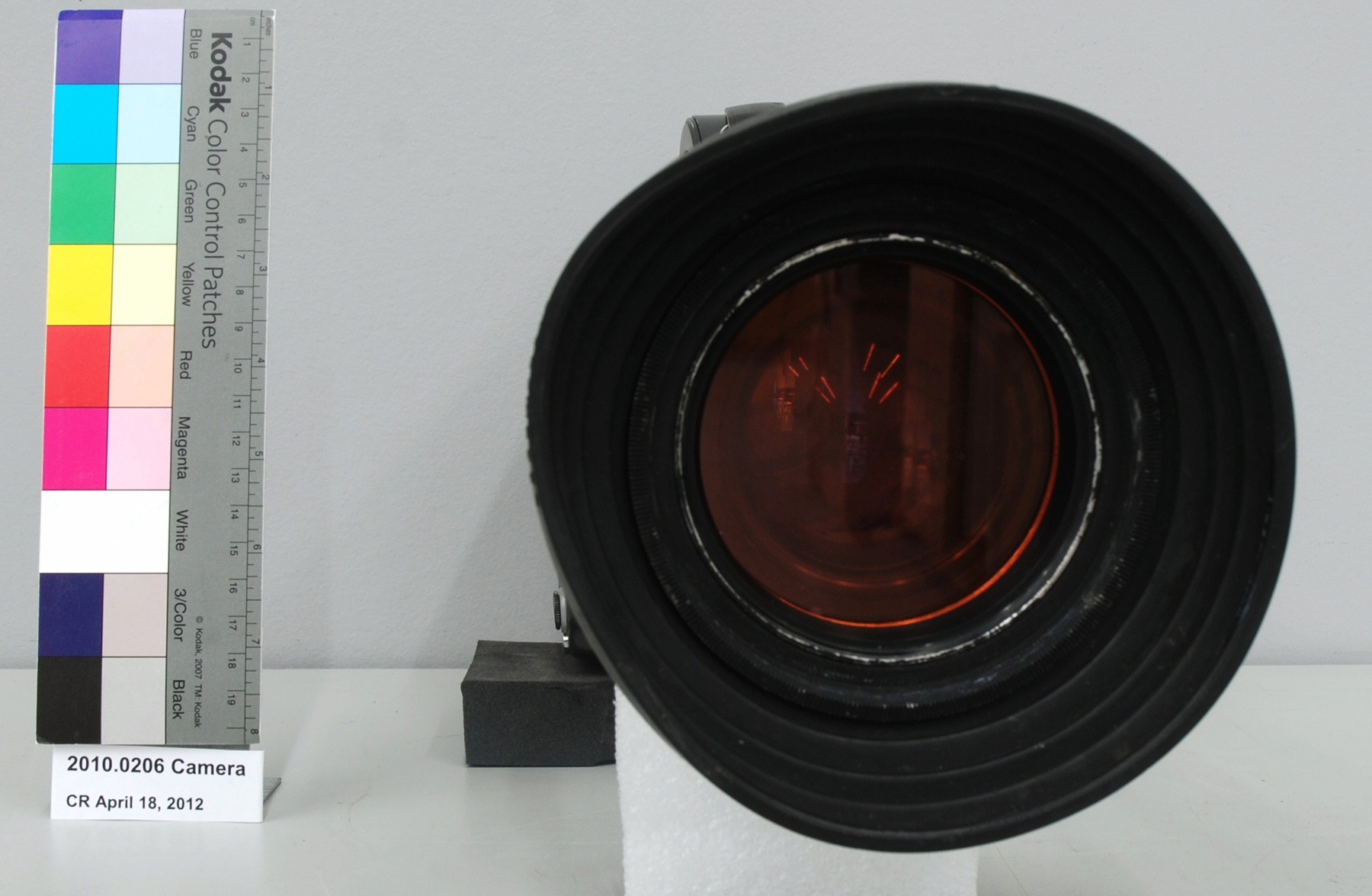Parasoleil
Utiliser cette image
Puis-je réutiliser cette image sans autorisation? Oui
Les images sur le portail de la collection d’Ingenium ont la licence Creative Commons suivante :
Copyright Ingenium / CC BY-NC-ND (Attribution-NonCommercial 4.0 International (CC BY-NC 4.0)
ATTRIBUER CETTE IMAGE
Ingenium,
2010.0206.004
Permalien: https://files.ingeniumcanada.org/items/coll/183/957/2010-0206-004-aa-cs_thumb.jpeg
Ingenium diffuse cette image sous le cadre de licence Creative Commons et encourage son téléchargement et sa réutilisation à des fins non commerciales. Veuillez mentionner Ingenium et citer le numéro de l’artefact.
TÉLÉCHARGER L’IMAGEACHETER CETTE IMAGE
Cette image peut être utilisée gratuitement pour des fins non commerciales.
Pour un usage commercial, veuillez consulter nos frais de reproduction et communiquer avec nous pour acheter l’image.
- TYPE D’OBJET
- screw mount
- DATE
- 1965
- NUMÉRO DE L’ARTEFACT
- 2010.0206.004
- FABRICANT
- Voigtländer
- MODÈLE
- 305/95
- EMPLACEMENT
- République fédérale d'Allemagne
Plus d’information
Renseignements généraux
- Nº de série
- S/O
- Nº de partie
- 4
- Nombre total de parties
- 17
- Ou
- S/O
- Brevets
- S/O
- Description générale
- Threaded metal mounting ring has flat black finish; flat black rubber hood.
Dimensions
Remarque : Cette information reflète la taille générale pour l’entreposage et ne représente pas nécessairement les véritables dimensions de l’objet.
- Longueur
- S/O
- Largeur
- S/O
- Hauteur
- 6,5 cm
- Épaisseur
- S/O
- Poids
- S/O
- Diamètre
- 15,1 cm
- Volume
- S/O
Lexique
- Groupe
- Photographie
- Catégorie
- Cameras ciné
- Sous-catégorie
- S/O
Fabricant
- Ou
- Voigtländer
- Pays
- République fédérale d'Allemagne
- État/province
- Inconnu
- Ville
- Inconnu
Contexte
- Pays
- Canada
- État/province
- Québec
- Période
- Inconnu
- Canada
-
Owned and used by Canadian film maker Bill Mason, who achieved international recognition for his wilderness and canoeing documentaries in the 1960s and 1970s. - Fonction
-
To shade camera lens from unwanted light, in order to minimize shadow and concentrate focus. - Technique
-
The Bill Mason collection consists of typical cameras and other equipment in the 16 mm format widely used by documentary film makers in Canada in this period. Due to its relatively light weight (touted by the maker as the world’s lightest) and reflex view finding system, the Beaulieu R16 was marketed as a news camera, although company literature also suggested it was ideal for industrial and scientific film making. Called by one authority a "reasonably sturdy, well designed, versatile, beautifully finished and easy-to-use machine," the Beaulieu was less expensive than such competitors as the Arriflex 16BL and Éclair NPR cameras, although also not as quiet or robust (Lipton, 132). The Beaulieu reflex viewfinder system consists of a mirror on the reciprocating shutter that directs light passing through the lens to a ground glass viewing screen during intervals when the shutter is closed. Unlike the more limited reflex viewer on the Ciné Special, this system enables accurate focus and depth of field evaluation while filming, even when zooming or switching from one subject to another. A built-in reflex photocell, meanwhile, displays a light reading in the viewfinder to guide the operator in adjusting the diaphragm setting. Unlike the spring-driven Ciné Special, the Beaulieu R16 is powered by a transistor regulated electric motor that provides stability over a range of speeds (2-64 fps) while a sync pulse socket enables connection and synchronous operation with an audio tape recorder (although Mason appears not to have used the Beaulieu for synchronous sound filming). The drive train offers a variety of standard special effects features: reverse drive for fades and dissolves, single frame filming for animation and time lapse photography and variable speed for slow and fast motion sequences. This example features a fixed turret with an Angenieux 12-120 mm, f2.2 zoom lens and a shop-built zoom lens support (likely made by NFB technicians) used because of a tendency for the R16 turret to warp under the weight of the large lens (the R16 was also available with a rotary turret holding up to three lenses of different focal lengths). [Cont'd in Notes] En savoir plus - Notes sur la région
-
Inconnu
Détails
- Marques
- "VOIGTLÄNDER", "305/95" and "WEST GERMANY" appear in raised print on hood
- Manque
- Unknown: appears complete.
- Fini
- Threaded metal mounting ring has flat black finish; flat black rubber hood.
- Décoration
- S/O
FAIRE RÉFÉRENCE À CET OBJET
Si vous souhaitez publier de l’information sur cet objet de collection, veuillez indiquer ce qui suit :
Voigtländer, Parasoleil, vers 1965, Numéro de l'artefact 2010.0206, Ingenium - Musées des sciences et de l'innovation du Canada, http://collection.ingeniumcanada.org/fr/id/2010.0206.004/
RÉTROACTION
Envoyer une question ou un commentaire sur cet artefact.
Plus comme ceci
